Rowing vs cycling: Which is best?
Rowing vs cycling: Which is best? We weigh up the pros and cons of both types of exercise.
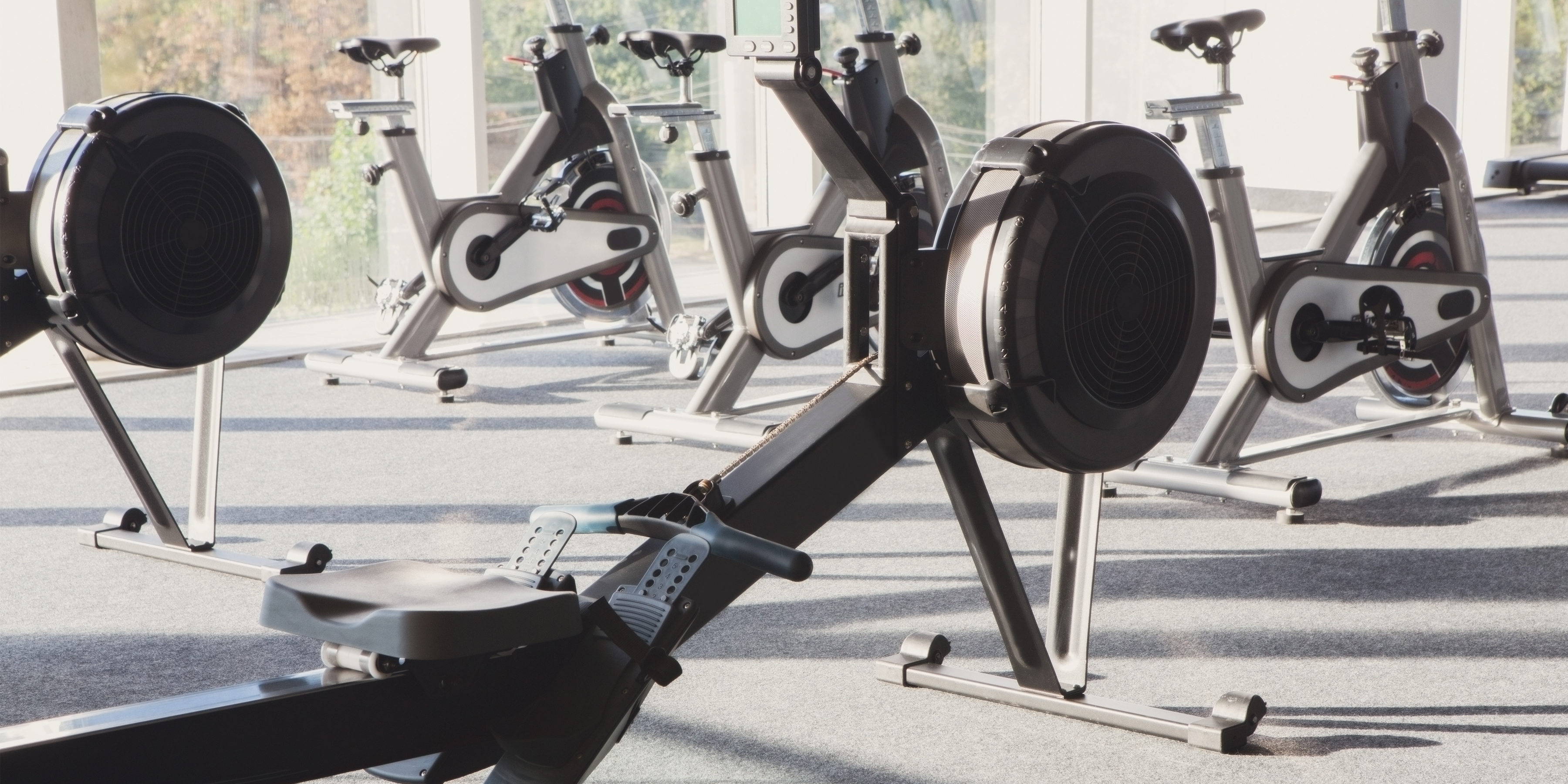
There are good reasons to evaluate rowing vs cycling as platforms to get you fit. The first and most obvious is that most gyms offer you the chance to hop on either one of the best rowing machines or best exercise bikes.
The second less obvious reason is that unlike running, neither activities are load-bearing, which means they carry less injury risk, so you can probably do either of them more often, and for longer.
But this is rowing vs cycling, not rowing and cycling, so which should you choose, for your own fitness and body goals? Is one better than the other for fitness, fat loss, functional strength, health or your wallet? Let’s find out …
Rowing vs cycling: what’s the difference?
Calories burned
One of the first things everyone looks at when comparing fitness activities is the calories burned. While this is a blunt instrument, it’s worth consideration.
According to Cycling Weekly, a 55kg person, cycling at 18mph outdoors for one hour will burn 660kcal. Meanwhile, the same person on a rowing machine (according to the algorithm powering the popular online calorie calculators based on the Compendium Of Physical Activities), clocking 150 watts will burn around 490kcal, or if they really push it to 200 watts they will burn around 690kcal. However, you’d be hard pressed to keep that up for a whole hour. (The numbers for a 75kg person are 900kcal and 670kcl/945kcl respectively.)
The calorie numbers tell you that cycling edges this one, which is interesting given that rowing activates around 85% of your musculature, while road cycling in particular tends to activate primarily the lower body.
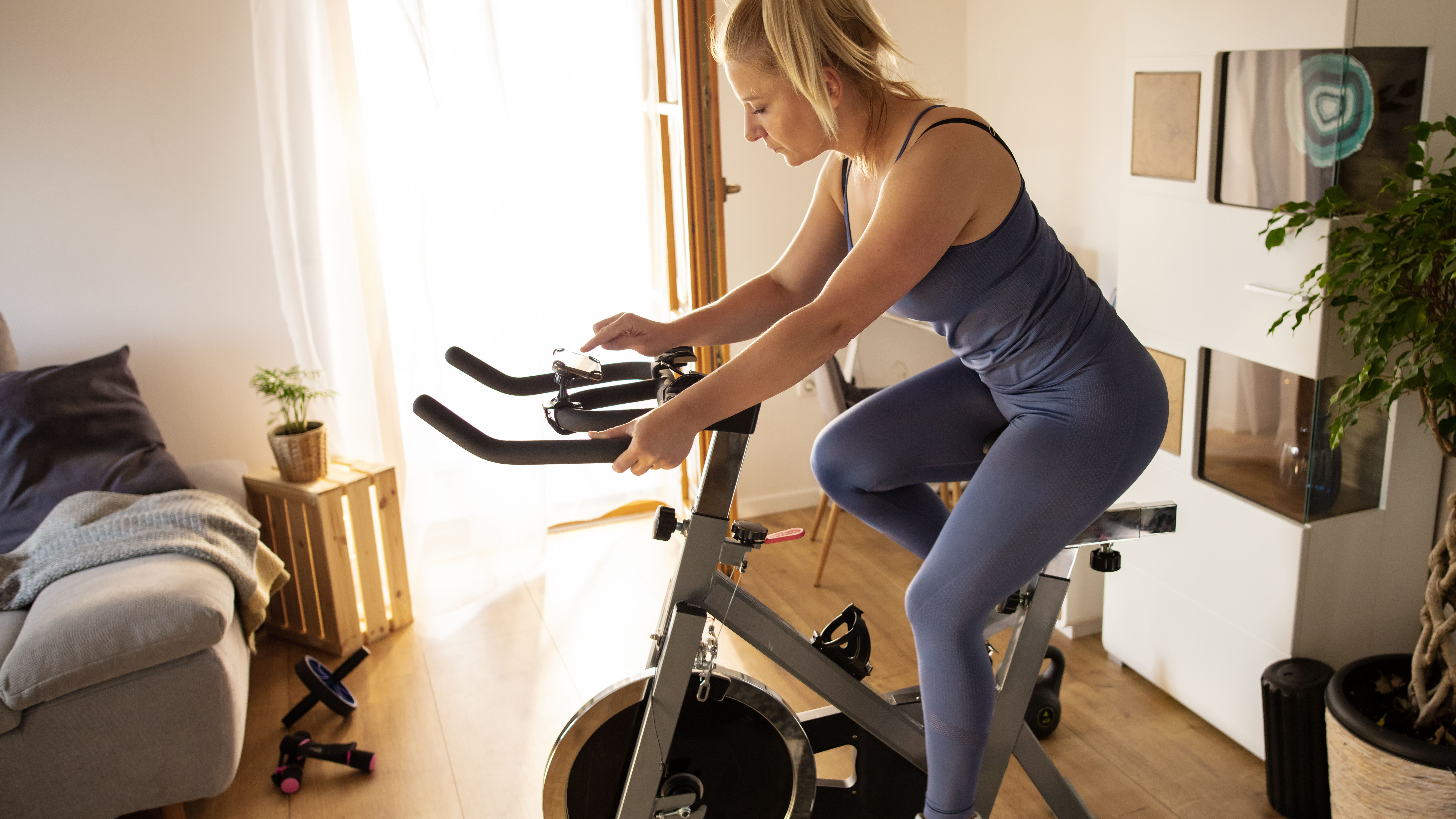
Muscles worked
Rowing and cycling are excellent ways to build cardiovascular fitness and also increase your anaerobic capacity through HIIT training, while burning fat. Where they start to differ is in the effect on your muscles, but this also depends on the setting.
Looking at rowing to begin with, the exercise activates the entire posterior chain in the drive phase, from your heels, up through your calves, hamstrings, glutes, core, spinal erectors and into your neck. During the pull phase it also hits the quads, forearms, biceps, and lats.
It activates 85% of your muscles and what’s more it moves many of those muscles through their entire range of motion, particularly in the legs and back. This means that rowing in a gym is likely to make you functionally stronger than cycling in a gym. Riding a bike in a gym does not activate as many muscles (unless you are up out of the saddle) because the upper body is less involved.
Where this picture changes is with downhill mountain biking and other kinds of cycling where you spend a lot of time out of the saddle, using your core to create a bridge and working your upper body as a human suspension unit.
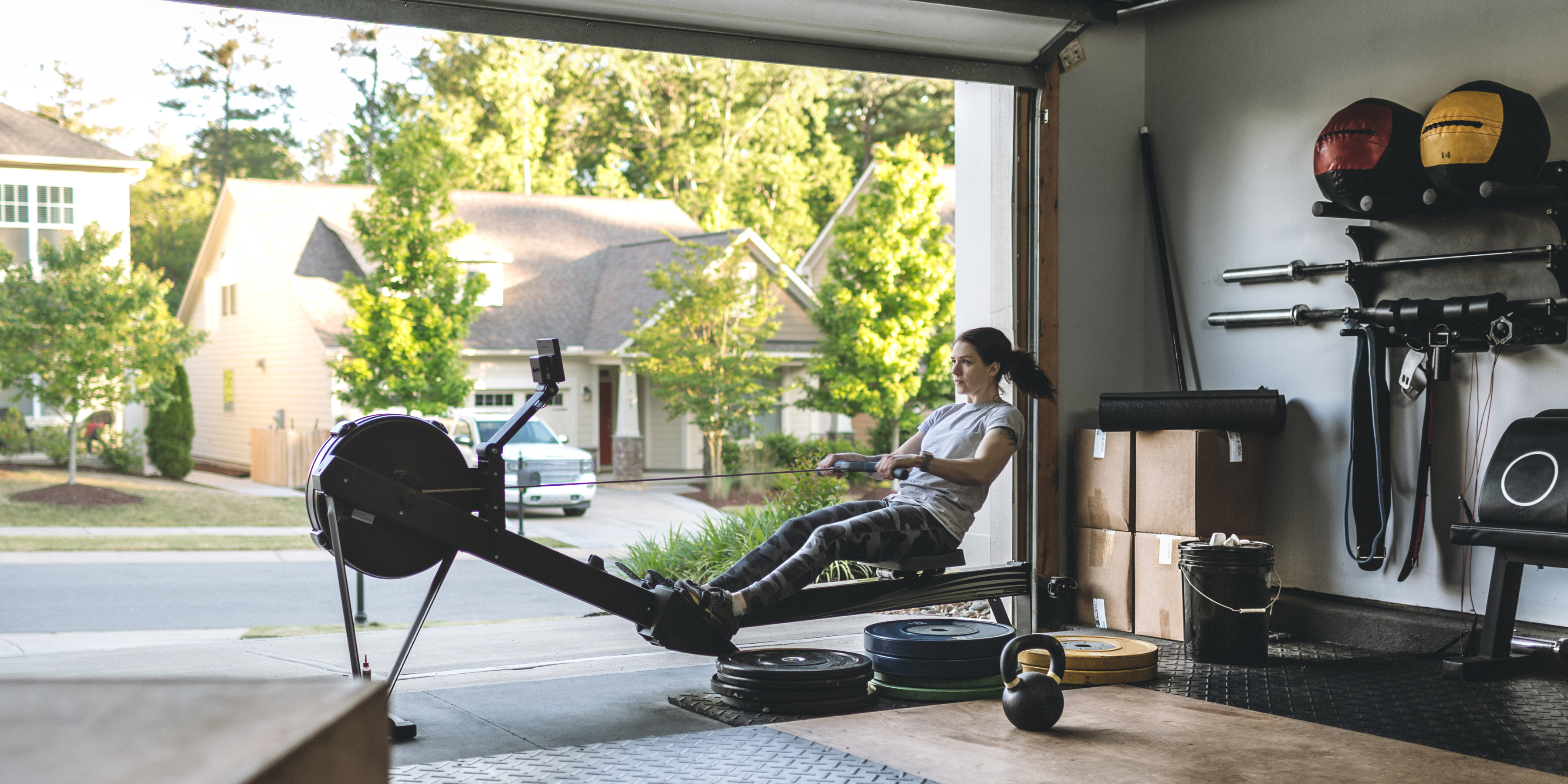
Other health benefits
When it comes to general health there have been many high-quality studies done into the health benefits of cycling. Once such study, published in the BMJ, showed that regular commuter cycling reduced the risk of death from cancer and heart disease. And another UK study published in Neuroimage found that after six weeks of cycling for 30 minutes a day, five times a week, a group of sedentary adults demonstrated an increase in brain volume in the hippocampus, where new brain cells are made, which returned to its previous level after six weeks of rest.
There are fewer studies for rowing because it’s a less universal sport but because it’s also heavily aerobic, you could expect to see similar health benefits.

Heading outdoors
Once you liberate rowing and cycling from the gym and take them outdoors the practical and lifestyle differences become clear. Cyclists come in all shapes and sizes, as do bikes. There is a vast array of road bikes, mountain bikes, commuter bikes and biking sub-genres. And new ones are emerging all the time, from gravel biking to e-bikes.
You can just as easily join a cycling club as be a solo cyclist and there’s barely a landscape in the world that hasn’t seen someone try to ride a bike across it, and on old boneshakers to multi-thousand-dollar, carbon-fibre machines.
Outdoor rowing, on the other hand, is a different beast. To get the same fitness and strength training benefits of a Concept 2 rower outdoors, you need to be in a rowing boat designed to be raced at regattas. So, the first thing you need to do is join a rowing club, both to access these boats and to join with a crew in a rowing eight, four or pair. (You can scull solo but that’s something rowers tend to graduate to later on.)
Once you join a club and sign up to a training, and racing, schedule, then you need to be prepared for rowing to take over a large proportion of your life. It’s a team sport so you will need to turn up to practice sessions on the water, as well as train your fitness with Concept 2-like rowers on land. It’s undoubtedly fun and engaging but it’s a commitment, too.
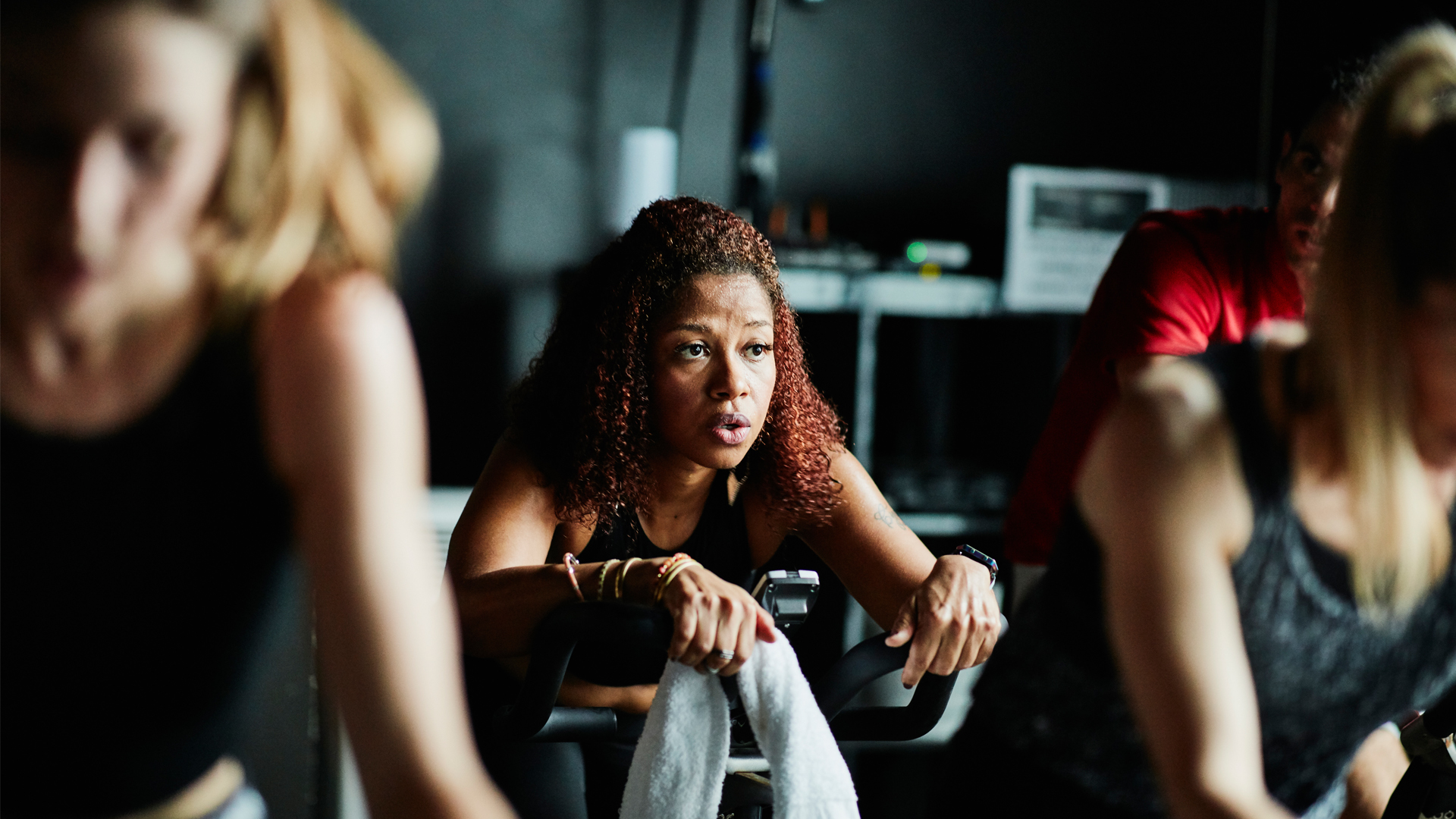
Rowing vs cycling: the costs
If you’re comparing rowing vs cycling indoors, then you’re either looking at a gym membership for both, or a rowing machine or stationary bike (or turbo trainer) for your home. Stationary bikes are similar in cost to rowing machines (around $2,500 for a good model, or around $300 for the best budget exercise bikes), although turbo trainers can be significantly cheaper if you already have an outdoor bike to use with them (from around $250).
Once you move outdoors the costs increase, although an entry-level road bike can be had for a few hundred dollars. Then again, top of the range rides cost in excess of $10,000. In terms of annual running costs, you will need to replace the chain every few months to avoid wear on the chainset and chain rings (which will also need replacing eventually.) Other consumable parts include brake pads, tyres and inner tubes, and gear shifting cables. You can pay for an annual service to pick all of these things up, and all in, you’re looking at at least $200 per year. And you’ll need to budget for essential accessories, like a bike helmet.
A rowing club membership is likely to cost $60 per month or $670 per year but you do not need to buy the boat, so there is a lower up-front cost to taking up the sport, so in the first year or so there’s not much in it.
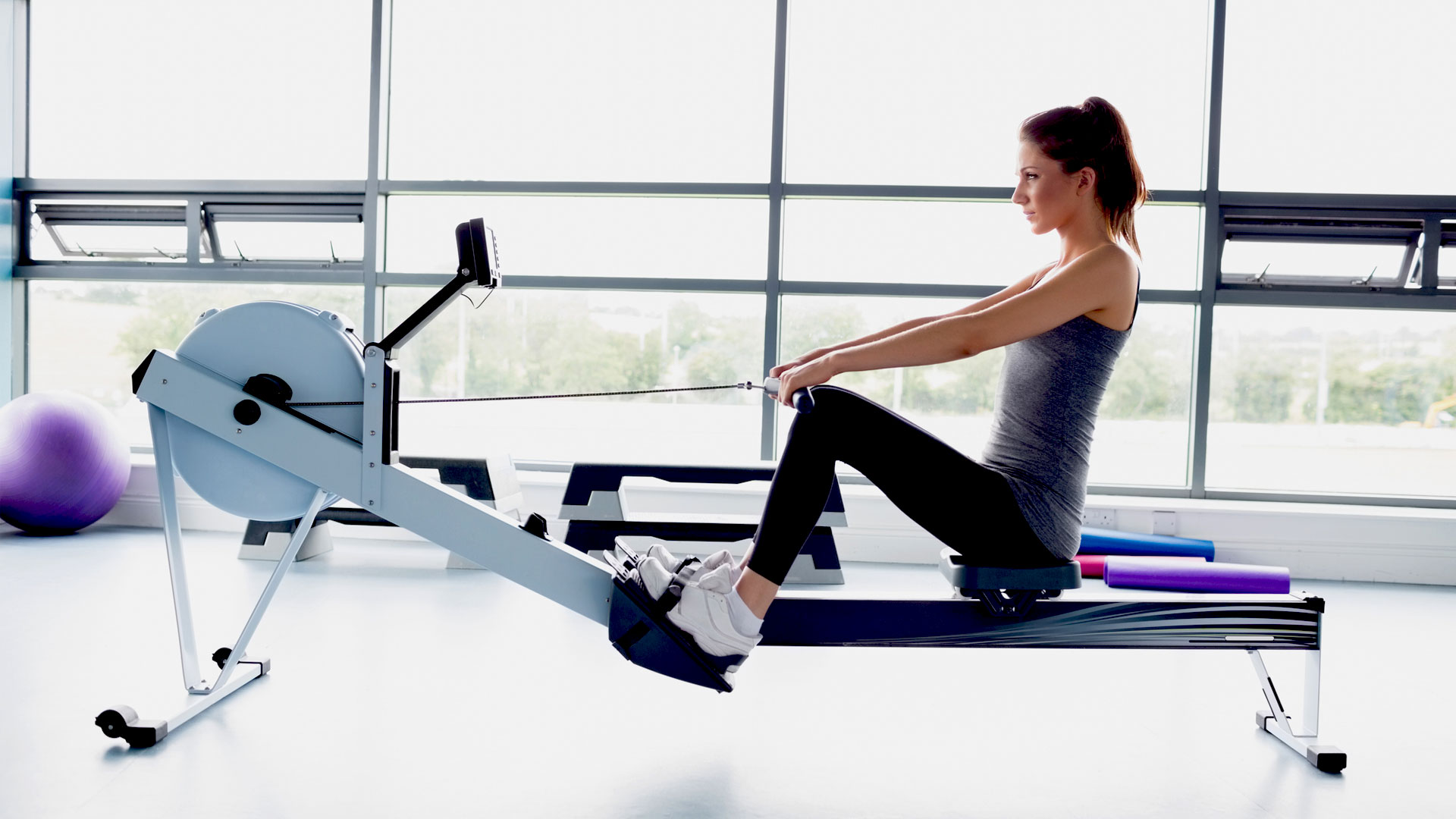
Rowing vs cycling: the verdict
When it boils down to it, rowing and cycling are magnificent engines to drive improvements in fitness, overall health, body composition and life satisfaction. Rowing might edge it over cycling for functional-strength improvements if you never get out of the bike saddle, but if you’re a mountain biker, or even a gravel rider then the difference is marginal. And as outlined above, cycling seems to burn more calories if you're in a gym.
In terms of cost the activities are similar, too. If you’re taking on the outdoor versions and are time-poor, then outdoor cycling may be a better pick than outdoor rowing.
Wherever you stand on rowing vs cycling, you can rest assured that neither is a bad choice and either might just kick start the changes you want to make in your body and life, so get to it!
Sign up for the Live Science daily newsletter now
Get the world’s most fascinating discoveries delivered straight to your inbox.
Matt is a London-based journalist, editor and photographer writing about fitness, health, adventure, sport, travel, gadgets and amazing people for publications including The Red Bulletin, Men's Fitness, T3, Redbull.com, Mountain Bike Rider and Cycling Plus. He blogs at AdventureFella.com where he also publishes his photography. Recent stories have seen him scaling limestone stalactites in Kalymnos, downhill mountain biking in the Austrian Alps and scuba diving in Ibiza. In quieter moments he can be found geeking out with his collection of guitars and working on his debut sci-fi novel.










